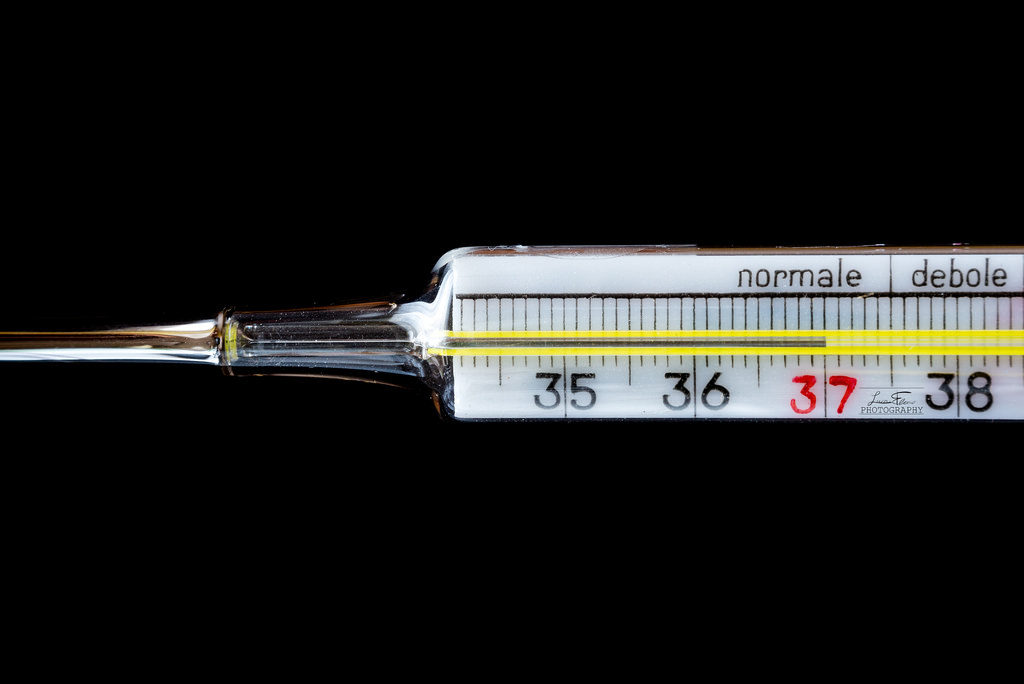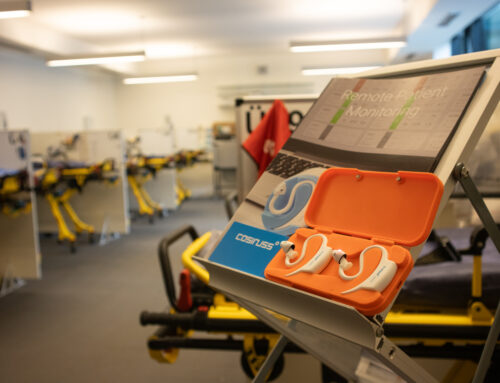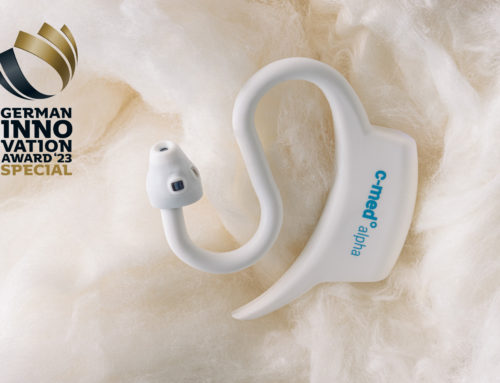What is fever?
What is fever? In general fever is a raise of body temperature indicating that your body is dealing with an infection.
There are many different statements out there about the different boundary values of fever temperature. The most common one is 38° C. If your body temperature is rising over 38° C it is said you are in low grade fever. The evolutional idea behind fever as a raise of the body temperature is simply to create an atmosphere inside your body where it is impossible for intruding germs to reside.
The questions if you or your baby is in fever is not easy to be answered. It is all about definition and even experts are not even sure, if fever is really either good or bad for your body. But let´s figure things out. The more we know about fever, the better fever treatment decisions you can make. To know what is fever makes sense.
Temperature deviation
Little children sometimes inherently got a slightly higher temperature, so that we talk about fever beginning with a temperature 38,5° C. There are even ups and downs in core body temperature throughout a whole day. In the morning hours for example your temperature is 0,5° C lower than in the evening.
This should be considered when taking the temperature. Best Practice is to measure regularly to define an average temperature individually. Rising over a core body temperature of even 41° C, we speak of hyperthermia.
Measurement
You need to know, that all of this values differ depending on where on the body this temperature was measured. In most cases those values refer to a rectal measurement with a digital thermometer, because this was the only measurement technique most people might use at home.
Based on the measuring place you will get a different reading of the body temperature. This is due to the natural physiology of the human body. Normal temperature ranges by measuring place:
Measurement method
- Rectal: 36.6° to 38° C
- Ear: 35.8° to 38° C
- Oral: 35.5° to 37.5° C
- Axillary: 36.5° to 37.5° C
With our degree° ear thermometer we try to make the temperature measurement at home more comfortable and stress free, especially for parents and their little children. But there is surely more to say about fever and it´s temperature rises accompanied with certain symptoms, because fever is very open to interpretation. That is why it causes so many confusions to parents, when they see their child suffering in a fever.
Fever has a purpose – and is no disease.
Especially in children´s earliest years fever is very common. Why? Because that new born organism is dealing with a lot of different germs, bacteria and even viruses. That is sounding scary but it is the way of nature to strengthen up your kid´s immune system.
What is fever? Fever is a symptom of your body inducing a immune response. Fighting against little germs entering our body in order to render them harmless. This immune response is an orchestration of many different arrangements your body makes. And one powerful instrument our body has to fight diseases is fever.
The evolutional idea behind fever as a raise of the body temperature is simply to create an atmosphere in your body where it is impossible for intruding germs to reside. The immune response using temperature raises as a weapon can be tricky. Your body has to make a difference between his own friendly inner organisms and intruding enemies from the outside. Temperature is a very important climatic factor for surviving of organisms of every kind.
Who is in control?
The core body temperature is being controlled by a certain region of the brain called hypothalamus. The desired value lies between 36,6° and 38° C. During an infection the body is producing individual messenger substances, which will reach the hypothalamus. Reacting to that it will raise the desired values up. The effect of that is, that your body will perceive 37° C as too cold. Therefore your body will make arrangements to increase your temperature, in order to speed up certain metabolism and immune responses.
How to deal with fever
As a conclusion you can say that basically raising your body core temperature is a healthy reaction your body decides to make. On the opposite hand the absence of fever can be a possible hint to an insufficient readiness for resistance. So if you are a healthy person you will certainly have changes in temperature throughout the day. As a newborn, at nighttime, during sports, in your childbearing days, and so on.
So the key to a stress free fever management is knowing the body temperature. Best practice would be to see the development of your body temperature in a continuous temperature curve. Based on this data it will be easier for you to decide whether or not the current temperature raise is actually a fever.
- The question always is if the fever might cause an actual damage or is contributing to recovery. degree° tries to provide knowledge about what is fever and helps you to make the right decision.
Notice that this process is not always working properly with newborns. Babies can actually have infections without showing any signs of fever. So if your baby might shows aversion to drinking or a change of skin color please consider to visit your pediatrician whether there is a fever or not.






